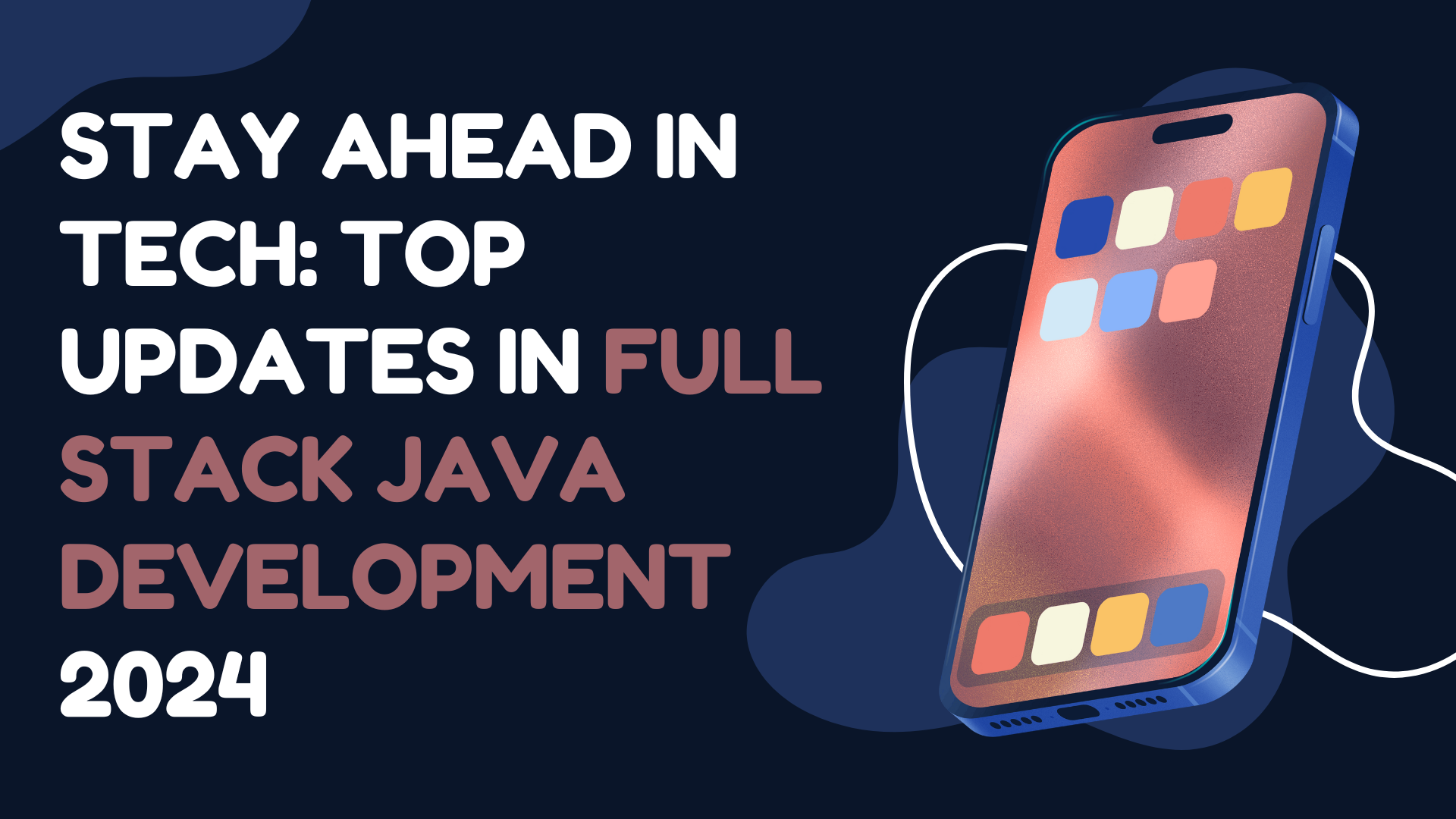Full-stack JAVA development is the bedrock of contemporary web and application development. As the technology landscape shifts, it is no longer just advantageous but imperative to stay updated with the new tools, trends, and frameworks in the industry. The emerging new frameworks, cloud integrations, and programming paradigms are changing the face of how developers approach Full Stack JAVA projects in 2024. Whether you are a professional developer or a novice in the field, learning about these updates can put you ahead of the game in a highly competitive industry.
This blog discusses the most crucial updates that are shaping Full Stack JAVA development in 2024, along with how they are applied to build scalable high-performance solutions.
Skill Highlights
1. Microservices Architecture
Microservices are gaining momentum as the go-to solution for building scalable and modular applications.
Microservices have become easy to design, develop, and deploy using tools such as Spring Boot.
It enables developers to break the applications into smaller, manageable modules for faster development cycles and easier maintenance.
For example: A banking application may include independent microservices responsible for managing accounts, performing transactions, and handling customer support.
2. Cloud Integration
Cloud-based solutions are on the rise, and Full Stack JAVA developers are exploiting AWS, Microsoft Azure, and Google Cloud platforms.
Cloud integration guarantees that applications scale and can effectively support distributed data.
Tools like Spring Cloud simplify the integration of Java-based applications with cloud services
3. Reactive Programming
Processing asynchronous streams of data has never been more important
Tools such as Project Reactor and Spring Web Flux allow developers to apply the reactive programming model.
Advantages are the faster response of the system, particularly in situations of heavy loads or a flood of data.
Example: Building a livestock market dashboard that processes streams of real-time data using reactive programming.
Updates on Full Stack JAVA Development
To inform developers: The latest trends and tools help developers remain competitive in the marketplace.
To enhance practices: Updates give the best solution for developing highly performing, scalable, and reliable applications.
Benefits for staying updated
Increased Scalability: With the presence of tools such as Spring Boot and cloud platforms, it is easy for the application to serve huge numbers of users.
Increased System Performance: With the use of reactive programming, the application becomes non-blocking even in conditions of heavy traffic.
Faster Development Cycle: The microservices architecture enables parallel development for reduced time and effort.
Full Stack JAVA Developers
In a modern application, a Full Stack JAVA developer performs both front-end and back-end development for a smoother experience.
Their work includes incorporating the latest frameworks, databases, and cloud technologies.
They keep applications up to date with the latest trends like microservices and reactive programming.
Examples
1. Cloud-Native Applications
A healthcare application using Spring Boot and AWS to manage patient records while ensuring scalability and security.
2. Java 17 Integration
Developers use new features in Java 17 like pattern matching and records to reduce code complexity and enhance the performance of applications.
3. Real-Time Collaboration Tools
Building a collaborative document editor using reactive programming principles to handle simultaneous edits by multiple users.
FAQs
1. What is Full Stack JAVA development?
Full Stack JAVA development is building the front end and back end of an application using JAVA and related technologies like Spring Boot, React.js, and more.
2. Why are microservices important in 2024?
Microservices provide modularity and scalability, which makes it easier to develop, test, and maintain large applications.
3. What are Full Stack JAVA reactive programming benefits?
Reactive programming enhances the application performance and can handle a great amount of data or user base.
4. How do I learn cloud integration using JAVA?
Platforms like StuIntern.com provide full stack java developer internship with a series of hands-on tutorials along with projects on how to integrate the cloud with JAVA.
5. What are the most popular tools for the 2024 Full Stack JAVA?
Key tools include Spring Boot, Spring Cloud, React.js, Project Reactor, MongoDB, and AWS.
6. Is Java 17 worth learning for full-stack developers?
Absolutely. Java 17 introduces features that simplify development, such as enhanced switch expressions, pattern matching, and records.
7. How do Full Stack JAVA developers impact application performance?
By implementing best practices, such as using reactive programming and integrating advanced frameworks, developers significantly enhance system performance and scalability.
8. What are the types of industries that require maximum expertise in full-stack JAVA development?
E-commerce, Fintech, Healthcare, SaaS Platforms, etc.
9. How does StuIntern help the would-be Full Stack JAVA developer?
StuIntern helps offer refined courses, internships and mentorship programs in up-to-date JAVA development trends and tools.
10. How will the future of Full Stack JAVA development be?
The future is in AI/ML-powered tools, cloud-native applications, and further streamlined programming paradigms.
Conclusion
Full Stack JAVA development continues to pioneer the way of building scalable, secure, and high-performing applications in 2024. It is no longer an option but a necessity for developers who want to stay ahead of the curve in their respective careers to embrace the new tools of microservices, reactive programming, and integrations with the cloud.
If you’re looking to sharpen your skills and stay updated, platforms like StuIntern.com offer excellent resources, including online training and internship, real-time projects, and expert guidance tailored to full-stack JAVA development. Don’t wait; take the next step in your development journey today!
Check out our other blogs:
https://blog.stuintern.com/blog/the-future-of-data-analytics-trends-tools-and-opportunities

